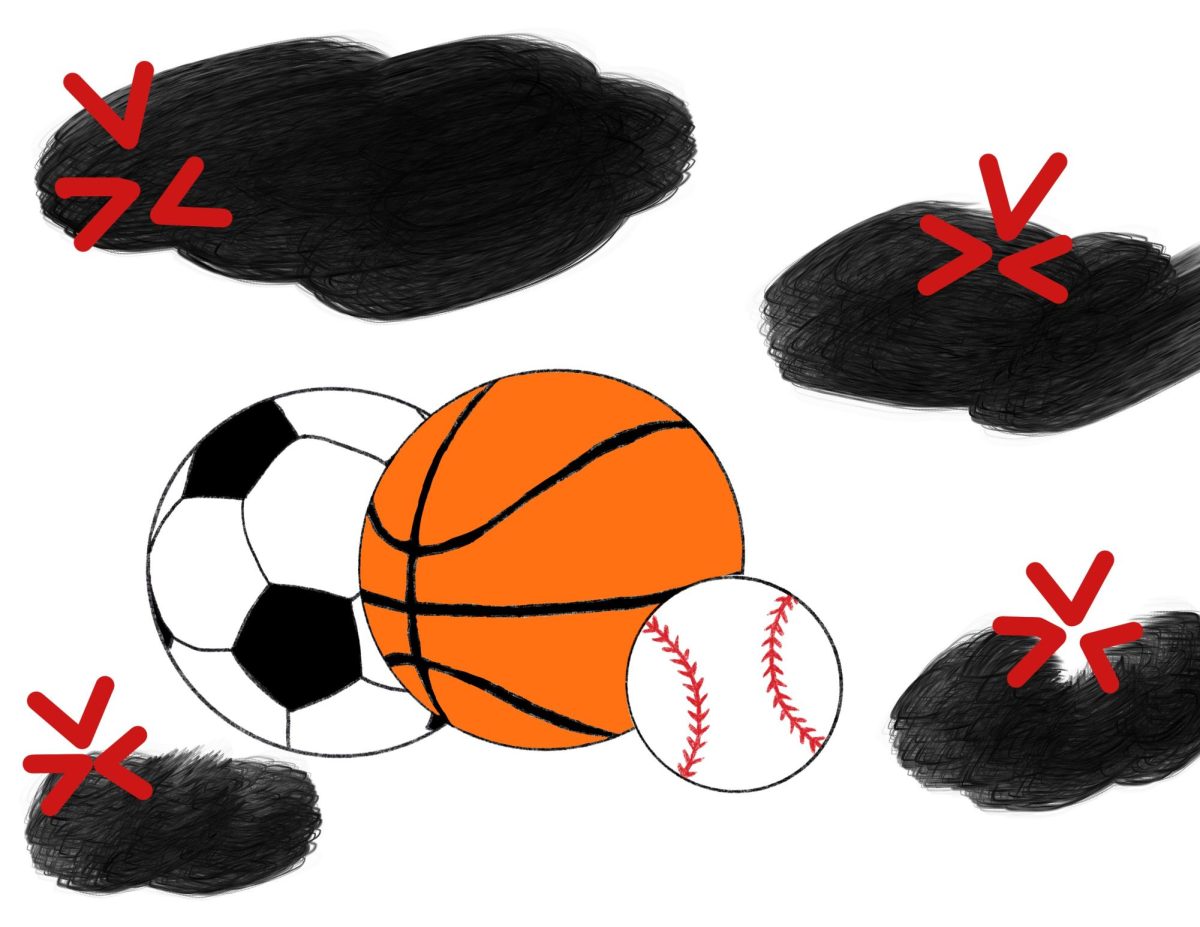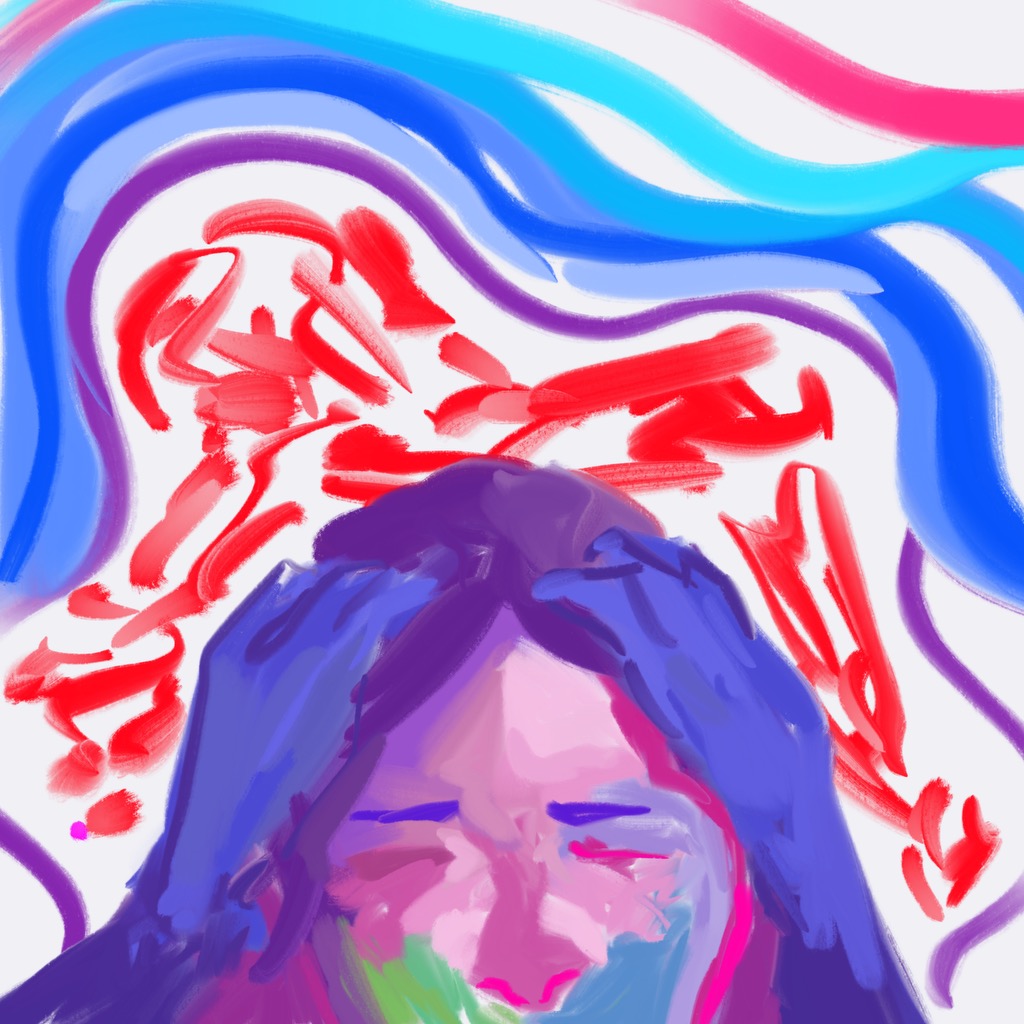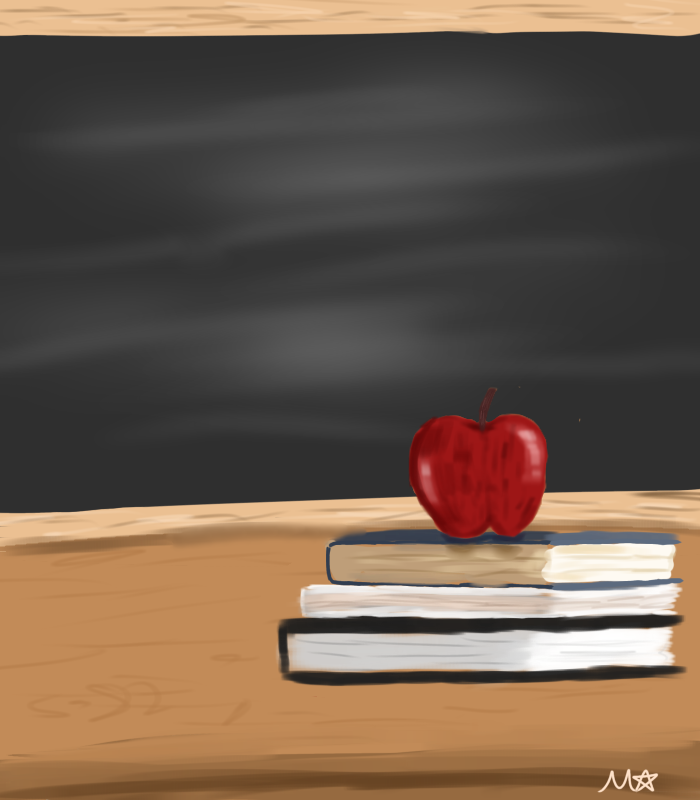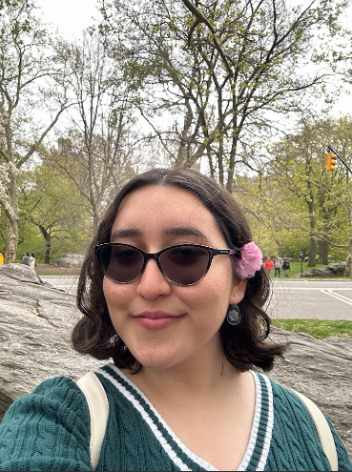Teaching is a profession that always has, and always will, exist. It is essential to the progression of the human species as a whole. Yet, before diving into its future, it is essential to get a full understanding of its present.
Michael Cerbelli, permanent substitute teacher and recent college graduate, discussed the many steps that must be included in order to become a teacher: “You must earn a bachelor’s degree in education and specialize in the subject that you plan on teaching. For your last two semesters, you must complete in-class observations and finally a semester of student teaching. Within the first five years of your career, you must also earn a master’s degree.” The journey doesn’t stop after that; history teacher Michael King said, “All teachers in New York must apply for their jobs through OLAS. It’s an online system designed to lessen the chance of nepotism and favoritism in the hiring process.” English Department Chairperson Mary Kirby also explained the process of becoming certified to teach, and said, “Once a candidate begins the application process, they will be called in first by a district, if chosen, for an interview screening. If asked for a second interview after the screening, the candidate will then interview in front of a panel of teachers, parents, administrators, and sometimes even students. If asked to move on, the next step in the process is for the candidate to plan and prepare a demonstration lesson that will be executed in front of students.” Kirby added, “If this lesson goes well, then the candidate will be referred to the superintendent of schools, with other candidates, for a final interview to determine if the candidate is the right fit for the position.” This long and arduous process is carried out in the effort to foster a school environment where students can not only thrive academically, but also feel comfortable in the place where they spend on average one-third of their time.
It is clear that the teaching profession has never been an easy one, but this fact is even truer now more than ever. The teacher shortage in the United States has been a growing national issue since 2015, as explained by an article published by Abilene Christian University (acu.edu). This piece also revealed that the issue of scarcity has only worsened, reporting an estimated 64,000 vacancies in 2015 to now over a million. The root of the issue is deceptively simple: it is a mix of a decrease in college students majoring in degrees in education and teacher burnout. “The typical burnout rate is five years,” Cerbelli noted, a concerningly short period of time. He later further voiced his concerns: “Schools are going to need teachers, and the standards may be lowered to fill those positions. This [will] negatively impact the students.” The shortage is being maintained by a vicious cycle: college students hear of the stress teachers suffer from and are subsequently discouraged from majoring in education. However, the cause of much stress is due to teachers being spread far too thin to make up for the lack of staff.
Even so, experienced teachers are not too worried about the future of their profession. Kirby, who has been teaching English for 27 years, noted the repetitiveness of the process: “It is very cyclical with teaching. When there are large numbers of retirements, it may be easier to find a placement.” Thus, giving hope that though the teaching profession may currently be going through a rough patch, it will pass. King agrees with Kirby’s thought process, saying, “Long Island jobs are always very competitive, but it’s much easier to get jobs in New York City.” This means that there are indeed teachers who are looking for work, at least in this part of the country. The shortage could be less severe or stopped if educators received incentives to look for jobs throughout the country or in locations that would initially be considered less desirable.
In some ways, the teaching shortage could actually turn out to be beneficial. Kirby takes an optimistic approach: “Only those who are truly passionate about having a career in education will now pursue this profession, and students will be greatly benefitted from having these educators teach them.” A new wave of teachers eager to spread knowledge and have a deep impact on their students could arise and relieve teachers who have had to work tirelessly for too long. Ultimately, though it may seem a bit grim now, the future of teaching could potentially improve in the next few years with a new wave of teachers entering the educational workforce.

































